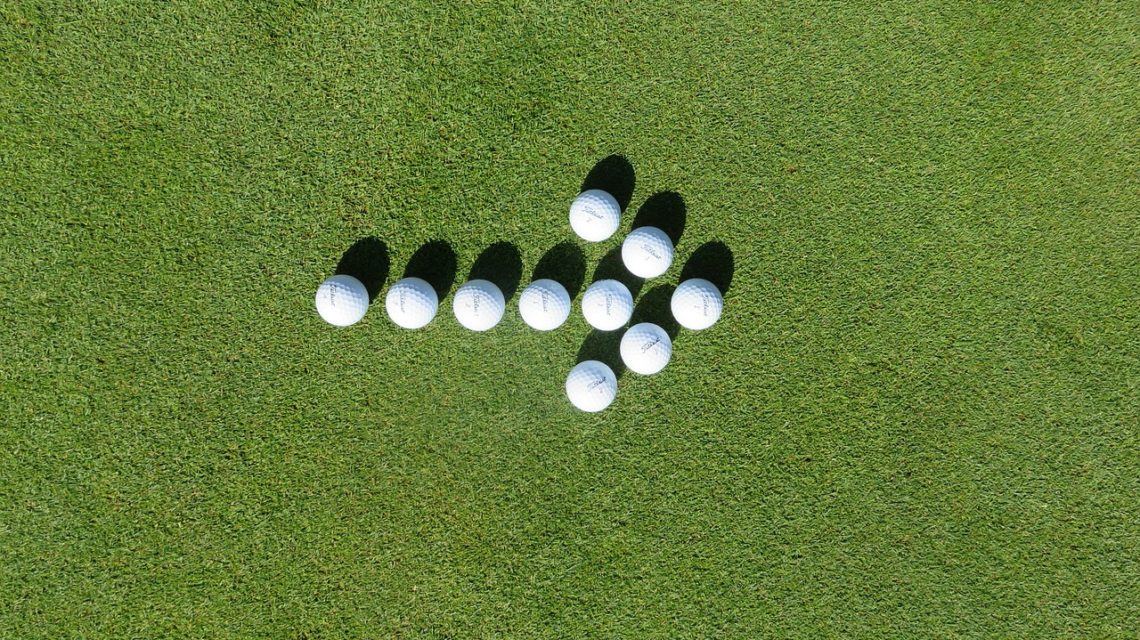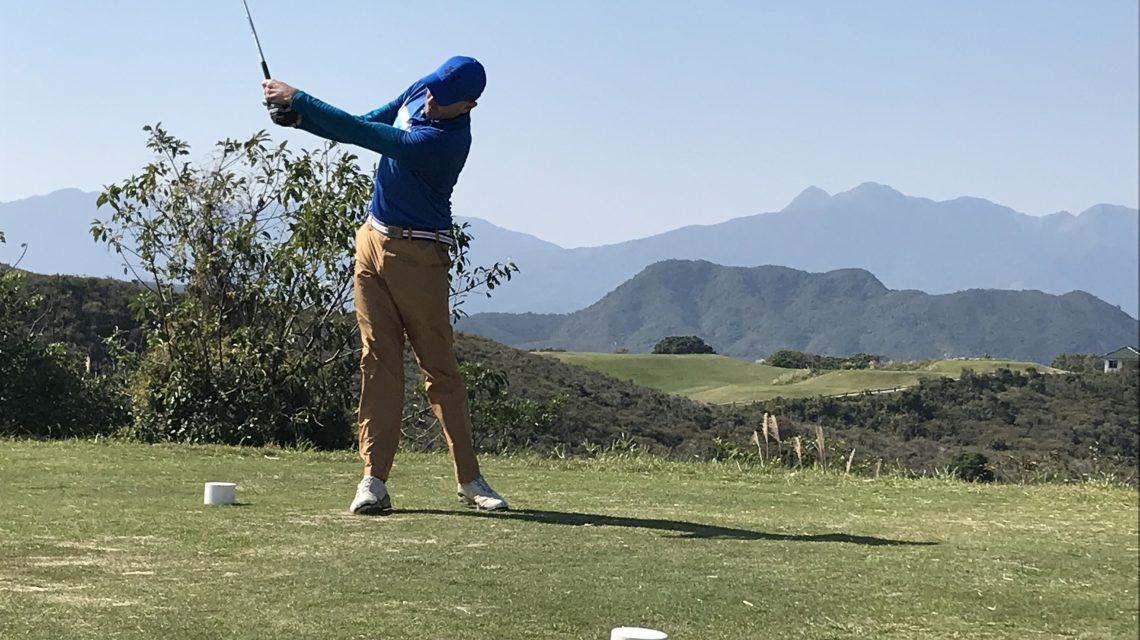Good golf habits for 2019
As someone who plays a lot of golf on a regular basis I’m often asked about whether I have any tips or tricks for improving my game. And the fact is that there are countless little things we can all do to play better – slight adjustments to your grip, different mental approaches, new ways of thinking about breaking down your swing mechanics and improving it.
Some work and some don’t, but I think that above all one of the biggest lessons I’ve learned over many years of playing golf is the power of habit. All of these little changes we can try – just a couple of which I’m going to talk about here – really only make a significant impact on your game if you make them into a habit. By trying them out, and if they work, sticking at them consistently, they become second nature to you.
And this, I believe is the most important thing here – all of these changes, for them to make a difference – need to feel natural. So much of golf is about mental attitude, and I’m a firm believer in keeping your mind as free from distraction as possible. Overthinking your shots and your playing strategy, is in my experience absolutely fatal to your golf game – your mind is too busy concentrating on gripping like this or placing your feet like that, that you forget to feel the shot and just play. For me, this is why any changes that you do introduce need to be done one at a time, slowly, and repeated until they become an unconscious habit.
So what new habits would I suggest that you try for 2019 to improve your golf game?
Establish a routine that works
Well, the first is actually closely linked to this idea of habit itself. One of the most fundamentally important things that any successful golfer does is to build a routine, that they follow before and after their shot. What is yours? How do you prepare your mind and body before each shot? What do you do physically and mentally as you walk between holes, and as you step up to play your next shot? What do you do once you’ve played your shot?
Once again, having a routine is absolutely crucial. Golf is a demanding game, mentally and physically, and having a pre and post shot routine is almost like creating a solid framework on which to build the rest of your game. If you do this, it means that it becomes much easier for you to stay calm and focused at all times, regardless of how a particular round is actually going. By creating a familiar, regular routine that you can always fall back on – whether you are playing well or having a complete nightmare – allows you to reset yourself for every shot. Whether you’ve just recorded a hole in one or a triple bogey, your pre- and post shot routine is there to ground you and refocus you for the next challenge.
Try visualising
Visualisation is a big deal among professional sports people, and in fact it is something that can work well in all walks of life. I know myself, from personal experience, that visualising a business meeting or a presentation going well before you walk through the door can make a huge difference to your mental attitude.
The same is true in golf, and I’ve found that introducing an element of positive visualisation into my pre-shot routine has been a habit that I’ve found really useful. So, how does it work? Well, for me it is all about simply picturing in your mind’s eye the perfect shot – the ideal flight of the ball, and where you would like it to land.
I’ve found that introducing visualisation into my game also just helps my frame of mind – it encourages a kind of present, positive focus on the job at hand that is absolutely crucial in a game like golf. Strangely, visualising also relaxes you too. By imagining how things will be when they go well, you stop worrying so much about possibility of everything going badly – and consequently you loosen up, relax and just feel your way into the shot.
These are only a couple of small changes, but, as I say, the important thing here is to make them into regular habits (only if they work for you, of course).
So, take it slowly, try them out one at a time, and hopefully they will help to improve your game in 2019.







